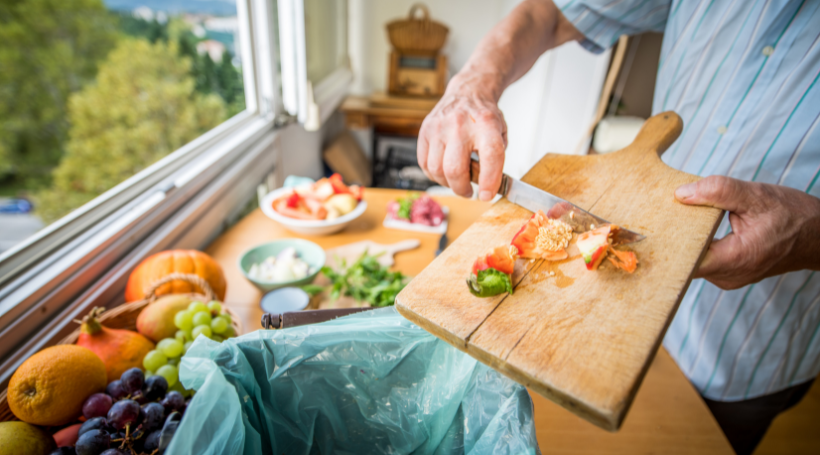Climate change is real – and it’s complicated. But that doesn’t mean we have to feel completely helpless in the fight for our planet. Check out some ways you can work sustainability into your home, courtesy of Rowan University Earth and Environmental professor – and SJ Mag’s resident gardener – Toni Farmer.
Compost
One of the biggest causes of climate change, says Farmer, is the methane that comes from our landfills. But cutting down on your waste can be simple: start composting. There are a number of ways to do it, she says, from setting up your own compost pile in your backyard to hiring a service that will come pick up your compost weekly.
The one tip she swears by, though, is to keep a bowl or container on your counter while you cook so that you can throw the scraps you plan to compost into the bowl and not instinctively toss them in your trash. Then, pour the scraps on your compost pile.
Watch for leaks
Conserving our water is something we’ve been taught for years, but it’s still a tried-and-true way to help with the fight for sustainability. It can also help you save on your water bill each month!
In addition to turning your sink off when brushing your teeth and taking a 10 minute (or less) shower, says Farmer, keep an eye out for any leaking taps and install a water barrel off your roof to collect rainwater for watering your plants.
Garden
Starting a garden in your yard – no matter how small – and eating local can do wonders for helping make food consumption sustainable, says Farmer. By getting fruits, vegetables and herbs from your backyard or from a local farmer, you avoid having your food shipped across the country several times and contribute to lowering emissions which are harmful to the atmosphere.
Plus, eating from your backyard helps cut back on food waste. Have you ever gone to the grocery store to buy dill for a recipe and ended up with a whole bushel of the herb when you only needed a tablespoon? Then you watch as the rest of the dill goes bad on your countertop. When you have herbs growing in your backyard or on your countertop, you can easily pick just the right amount for your recipe and avoid having a handful of the plant go to waste.
Go electric (as in, electric car)
Don’t worry, we’re not telling you to go buy a new car immediately. But if you’re in the market for a new vehicle, take a look at the electric cars that are out there. You might be surprised when the cost isn’t that different and concerns of not being able to find a charging station aren’t as valid as they seem, says Farmer.
Cut back on plastic
Yes, you’ve heard it a million times: cut back on plastic. But there’s so much more you can do to reduce the amount of plastic you use than buying a reusable water bottle and a Brita to replace the 24-packs of water you used to buy.
Check out your local refillable market, where you can bring your own containers to fill up on dish soap, shampoo, laundry detergent and other household items that usually come in plastic containers. And if you have a keurig, buy some reusable keurig pods. They last a long time and are easy to use, says Farmer.
Solar Panels
We all dream of not paying an electric bill each month, but it turns out that can actually be a reality – and can help you combat climate change at the same time. Solar panels have come a long way since they were first invented, and it’s easier than ever to create your own electricity and power your house, says Farmer. Talk to your local solar panel company to find out more about getting your own.






